- What is Cucumber Grass?
- Culinary Uses
- Medicinal Uses
- How to Grow Cucumber Grass
- Choosing the Right Soil for Cucumber Grass
- 1. Well-draining Soil
- 2. Rich and Nutrient-Dense Soil
- 3. pH Level
- 4. Soil Texture
- 5. Container Size
- Best Time to Plant Cucumber Grass
- Spring Planting
- Fall Planting
- Watering and Fertilizing Cucumber Grass
- Watering:
- Fertilizing:
- Harvesting Cucumber Grass
- When to Harvest
- Harvesting Technique
- Storing and Using
- Conclusion
- Common Pests and Diseases of Cucumber Grass
- Pests
- Diseases
- Other Uses of Cucumber Grass
- Tips for Growing Cucumber Grass on the Windowsill
- 1. Choose the right location
- 2. Use well-draining soil
- 3. Water regularly
- 4. Provide support
- 5. Pinch back regularly
- 6. Fertilize occasionally
- 7. Harvest and use the leaves
- 8. Watch out for pests
- 9. Enjoy your cucumber grass!
- Questions and Answers:
- What is cucumber grass?
- Can cucumber grass be grown on a windowsill?
- What are the benefits of growing cucumber grass?
- How do I care for cucumber grass?
- Can cucumber grass be grown from seeds?
- How long does it take for cucumber grass to grow?
- Videos: Pour this over the cucumbers and they will start to grow like crazy. For cucumbers, this fertilizer
If you’re looking for a simple and rewarding way to bring a touch of nature into your home, consider growing cucumber grass, also known as borago, on your windowsill. This versatile and easy-to-grow herb has been used in culinary and medicinal applications for centuries, and its bright green leaves and delicate blue flowers make it a beautiful addition to any indoor garden.
Borago is native to the Mediterranean region and is known for its refreshing cucumber-like flavor. The leaves can be used fresh in salads, sandwiches, or as a garnish, while the flowers can be used to decorate desserts or infused in teas. Its mild flavor makes it a popular choice for those looking to add a subtle twist to their culinary creations.
In addition to its culinary uses, borago also has a long history of use in traditional medicine. The leaves contain high levels of gamma-linolenic acid (GLA), an essential fatty acid that has been shown to have anti-inflammatory properties. It is believed to aid in the relief of symptoms related to arthritis, as well as promote healthy skin and hair.
Growing cucumber grass is a relatively simple process that can be done even in small spaces. It prefers well-draining soil and plenty of sunlight, making a sunny windowsill the perfect spot for this herb to thrive. Seeds can be sown directly into a pot or container, and with proper care and regular watering, you can expect to see sprouts in just a few weeks. As the plants grow, be sure to keep them well-pruned to encourage bushy growth and prevent them from becoming leggy.
What is Cucumber Grass?
Cucumber grass, also known as borago or borage, is a herbaceous plant that is often grown for its culinary and medicinal uses. It belongs to the Boraginaceae family and is native to the Mediterranean region.
This plant is characterized by its bright green leaves and vibrant blue flowers. It can grow up to 2 feet in height and has a hairy stem. The leaves of cucumber grass are edible and have a mild cucumber-like flavor, hence its name.
Culinary Uses
Borago is primarily used in culinary preparations. The leaves can be added to salads, soups, and sauces to add a fresh and crisp flavor. They can also be used as a garnish for various dishes. The flowers of cucumber grass are often used to decorate cakes and desserts.
In addition to its culinary uses, cucumber grass is also popular in the production of herbal tea. The leaves and flowers of the plant can be dried and steeped in hot water to create a refreshing and aromatic tea.
Medicinal Uses
Aside from its culinary value, cucumber grass has been used for its medicinal properties for centuries. It is believed to have anti-inflammatory and diuretic properties, making it beneficial for various health conditions.
The plant is rich in gamma-linolenic acid (GLA), an omega-6 fatty acid that has been associated with numerous health benefits, such as reducing inflammation and promoting healthy skin and hair.
Cucumber grass has also been used to relieve digestive issues, such as indigestion and bloating. It is believed to have a calming effect on the digestive system and can help alleviate discomfort.
How to Grow Cucumber Grass
Cucumber grass is easy to grow and can be cultivated in a windowsill garden. It prefers a well-draining soil and requires at least 6 hours of sunlight per day.
- Start by filling a small pot with potting soil.
- Place cucumber grass seeds on the soil surface and lightly cover them with a thin layer of soil.
- Water the soil gently to keep it moist but not waterlogged.
- Place the pot in a sunny location, such as a windowsill.
- Water the plant regularly to ensure the soil remains moist.
- Harvest the leaves and flowers as needed for culinary or medicinal use.
With proper care, cucumber grass can thrive and provide a fresh supply of leaves and flowers throughout the growing season.
Choosing the Right Soil for Cucumber Grass
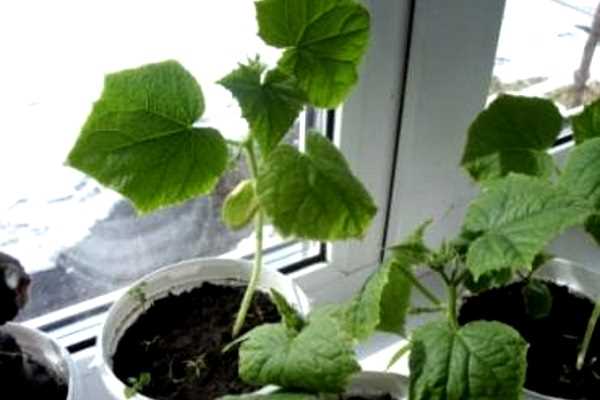
Cucumber grass, also known as borago, is a popular herb that can be grown on a windowsill and is known for its beautiful blue flowers and culinary uses. To ensure successful growth and healthy plants, it’s important to choose the right soil for cucumber grass.
1. Well-draining Soil
Cucumber grass prefers soil that is well-draining to prevent waterlogging, which can lead to root rot. It’s recommended to choose a potting mix that is specially formulated for herbs or vegetables, as these mixes tend to have good drainage properties.
2. Rich and Nutrient-Dense Soil
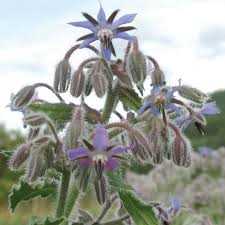
For optimal growth, cucumber grass requires soil that is rich in organic matter and nutrients. Adding compost or well-rotted manure to the soil can help improve its fertility and provide essential nutrients for the plants.
3. pH Level
Cucumber grass prefers slightly acidic to neutral soil with a pH level between 6.0 and 7.0. It’s important to test the soil’s pH level and make necessary adjustments using lime or sulfur to create an ideal growing environment for the plants.
4. Soil Texture
Cucumber grass grows best in loamy soil, which is a well-balanced combination of sand, silt, and clay. Loamy soil has good drainage properties while retaining enough moisture for the plants to thrive.
5. Container Size

When growing cucumber grass on a windowsill, it’s important to choose a container with sufficient depth and width to accommodate the plant’s root system. A container that is at least 6 inches deep and wide would be suitable for growing cucumber grass.
By choosing the right soil for cucumber grass, you can provide the ideal growing conditions for this versatile herb and enjoy fresh, homegrown borage leaves and flowers throughout the year.
Best Time to Plant Cucumber Grass
Cucumber grass, also known as borago, is an herb that can be easily grown on a windowsill garden. To ensure a successful growth, it is important to plant the cucumber grass at the right time. The best time to plant cucumber grass is during the spring or fall seasons.
Spring Planting
In regions with mild winters, such as Mediterranean climates, spring is the ideal time to plant cucumber grass. The soil should be able to consistently stay above 50°F (10°C) for successful germination and growth. Cucumber grass prefers cool weather and can tolerate light frosts.
To plant in the spring:
- Prepare the soil by loosening it and removing any weeds or rocks.
- Sow the cucumber grass seeds directly into the soil, about 1/4 inch (0.6 cm) deep.
- Keep the soil moist but not waterlogged.
- Once the seedlings have grown a few inches tall, thin them to allow for proper spacing.
Fall Planting
In regions with hot summers, fall is the best time to plant cucumber grass. Planting in the fall allows the herb to establish its roots before the hot weather arrives. Cucumber grass is a cool-season herb and thrives in cooler temperatures.
To plant in the fall:
- Prepare the soil as you would for spring planting.
- Sow the seeds directly into the soil, spacing them according to the seed packet instructions.
- Keep the soil moist, but avoid overwatering.
- As the temperatures start to drop, protect the plants from frost with row covers or bring them indoors.
Regardless of the season, it is important to provide cucumber grass with well-draining soil and plenty of sunlight. Regularly water the plants, but avoid waterlogging the soil. Harvest the leaves and flowers as needed for culinary use and enjoy the fresh flavor of cucumber grass in your dishes!
Watering and Fertilizing Cucumber Grass
Proper watering and fertilizing are essential for the healthy growth and development of cucumber grass. Here are some guidelines to follow:
Watering:
- Water cucumber grass regularly to keep the soil moist but not waterlogged.
- Check the soil moisture by inserting your finger into the soil. If it feels dry up to the first knuckle, it’s time to water.
- Avoid overhead watering as it can lead to fungal diseases. Instead, water the plants at the base or use a drip irrigation system.
- Watering in the morning or evening is preferable to reduce water loss from evaporation.
Fertilizing:
- Apply a balanced fertilizer with equal amounts of nitrogen, phosphorus, and potassium to cucumber grass every 4-6 weeks during the growing season.
- Use a slow-release fertilizer or organic compost to enrich the soil and provide nutrients gradually over time.
- Follow the manufacturer’s instructions for the appropriate amount of fertilizer to apply.
- Avoid over-fertilizing, as it can lead to excessive foliage growth and decrease fruit production.
By following these watering and fertilizing practices, you can ensure that your cucumber grass plants receive the necessary nutrients and moisture for vigorous growth and abundant harvest.
Harvesting Cucumber Grass
Harvesting cucumber grass can be an exciting and rewarding process. This versatile plant can be grown on a windowsill and can provide a fresh supply of crunchy, cucumber-like greens to your meals.
When to Harvest
It is important to harvest cucumber grass at the right time to ensure optimal flavor and texture. The best time to harvest is when the leaves are young and tender, around 4-6 weeks after planting. At this stage, the leaves will have a bright green color and a crisp texture.
Harvesting Technique
Follow these steps to harvest cucumber grass:
- Select a healthy plant with tender leaves.
- Using a pair of gardening scissors or a sharp knife, cut the leaves close to the stem. Avoid pulling or tearing the leaves, as this can damage the plant.
- Harvest only a few leaves at a time, allowing the plant to continue growing and producing more leaves.
It is important not to harvest all the leaves at once, as this can stunt the growth of the plant and reduce future harvests.
Storing and Using
After harvesting, it is important to store cucumber grass properly to maintain its freshness and flavor. Here are some guidelines:
- Rinse the leaves gently under cold water to remove any dirt or debris.
- Pat the leaves dry with a paper towel or a clean kitchen towel.
- Store the leaves in a plastic bag or an airtight container in the refrigerator.
- Use the cucumber grass within a week for the best flavor and texture.
Cucumber grass can be used in a variety of dishes, including salads, sandwiches, and stir-fries. Its mild and refreshing flavor pairs well with a range of ingredients, making it a versatile addition to your culinary repertoire.
Conclusion
Harvesting cucumber grass is a simple and enjoyable process. By following the right techniques and timing, you can ensure a bountiful harvest of tender and flavorful leaves. So why not give it a try and start growing cucumber grass on your windowsill today?
Common Pests and Diseases of Cucumber Grass
Cucumber grass, or borago, is generally a hardy plant that is not prone to many pests and diseases. However, there are still a few common issues that can affect its growth. It is important to be aware of these problems and to take steps to prevent or control them to ensure the health of your cucumber grass.
Pests
- Aphids: These small insects feed on the leaves of cucumber grass and can cause them to curl or become discolored. They can be controlled by using insecticidal soap or by introducing natural predators like ladybugs.
- Slugs and snails: These pests are particularly fond of the tender leaves of cucumber grass. To keep them away, you can create barriers like copper tape or use organic slug and snail baits.
- Spider mites: These tiny pests suck the sap from the leaves of cucumber grass, causing them to become discolored and stippled. You can control them by spraying the plant with water to increase humidity and using insecticidal soap if necessary.
Diseases
- Powdery mildew: This fungal disease appears as a white, powdery coating on the leaves. It can be controlled by improving air circulation around the plant and by removing affected leaves. Fungicides may also be used if necessary.
- Leaf spot: This fungal disease causes dark, circular spots to appear on the leaves of cucumber grass. Infected leaves should be removed and destroyed to prevent the disease from spreading. Fungicides can also be applied to control the spread.
- Root rot: Overwatering or poorly drained soil can lead to root rot, which causes the roots of the plant to become mushy and discolored. To prevent root rot, make sure the soil is well-drained and avoid overwatering. If root rot does occur, remove the affected plant and replant in fresh soil.
By keeping an eye out for these common pests and diseases of cucumber grass, you can ensure that your plants stay healthy and productive. Regular monitoring, proper watering, and good garden hygiene can go a long way in preventing and controlling these issues.
Other Uses of Cucumber Grass
Culinary Use:
Cucumber grass can be used in various culinary preparations. Its leaves have a mild cucumber flavor that can be used as an ingredient in salads, sauces, and soups. The leaves can also be used to flavor vinegar and oil for dressings.
Herbal Medicine:
Cucumber grass has long been used in traditional herbal medicine. It is believed to have diuretic properties and is often used to treat urinary tract infections and kidney problems. The leaves can be brewed into a tea or used in herbal preparations.
Decoration:
The delicate flowers of cucumber grass can be used as a decorative element in various settings. They can be dried and used in flower arrangements, wreaths, or potpourri. The vibrant blue color of the flowers adds a pop of color to any space.
Insect Repellent:
The strong scent of cucumber grass is believed to repel certain insects, including mosquitoes and flies. It can be planted near windows or outdoor sitting areas to help keep these pests at bay.
Tips for Growing Cucumber Grass on the Windowsill
Cucumber grass, also known as borago or borage, is a versatile and easy-to-grow plant that can be grown on a windowsill. Here are some tips to successfully grow cucumber grass in your window garden:
1. Choose the right location
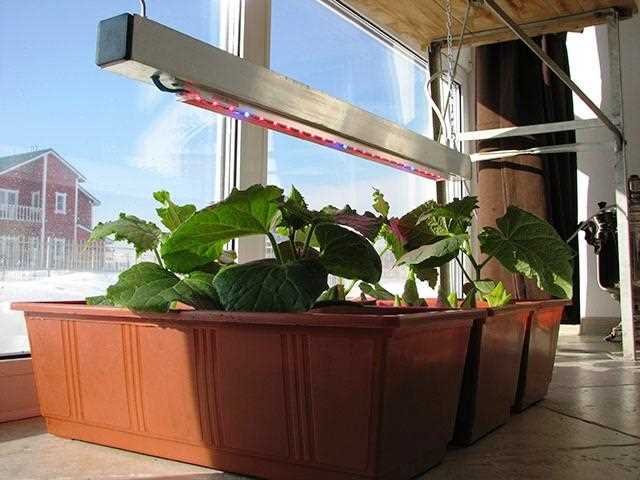
Place your cucumber grass plant near a windowsill that receives at least 6-8 hours of sunlight every day. Cucumber grass needs plenty of sunlight to thrive, so choose a sunny spot in your home.
2. Use well-draining soil
Use a well-draining potting mix to plant your cucumber grass. This will prevent water from pooling at the roots and causing root rot. You can also add some perlite or sand to improve drainage.
3. Water regularly
Keep the soil moist but not waterlogged. Water your cucumber grass whenever the top inch of soil feels dry to the touch. Be careful not to overwater, as this can cause the roots to rot.
4. Provide support
Cucumber grass can grow quite tall and may require support as it grows. Use stakes or a trellis to help the plant climb and prevent it from falling over.
5. Pinch back regularly
To promote bushier growth, pinch back the growing tips of your cucumber grass regularly. This will encourage the plant to produce more side shoots and create a fuller, more compact plant.
6. Fertilize occasionally
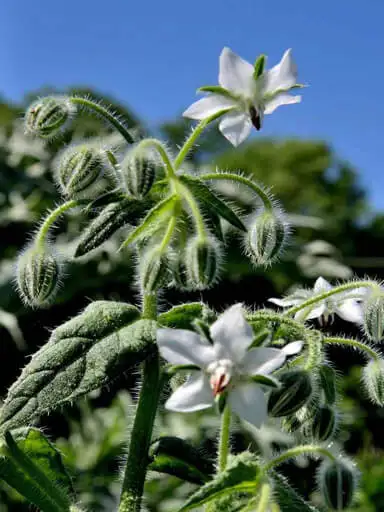
Feed your cucumber grass with a balanced liquid fertilizer every 2-3 weeks during the growing season. This will provide the plant with essential nutrients and help it grow strong and healthy.
7. Harvest and use the leaves
You can start harvesting the leaves of your cucumber grass once it reaches a suitable size. The leaves have a mild cucumber flavor and can be used in salads, sandwiches, and other culinary dishes.
8. Watch out for pests
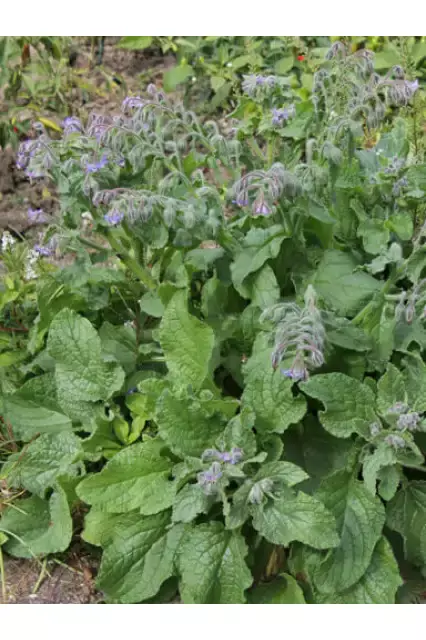
Keep an eye out for common pests like aphids and spider mites. If you notice any infestations, treat your cucumber grass with an organic insecticide or try using natural pest control methods like introducing beneficial insects.
9. Enjoy your cucumber grass!
Once your cucumber grass is growing well on your windowsill, sit back, relax, and enjoy the beauty of this versatile plant. Whether you use it in your cooking or simply enjoy its vibrant green foliage, cucumber grass is sure to bring life to your window garden.
Questions and Answers:
What is cucumber grass?
Cucumber grass, or borago, is a herbaceous plant that belongs to the Boraginaceae family. It is known for its bright blue flowers and hairy leaves.
Can cucumber grass be grown on a windowsill?
Yes, cucumber grass can be successfully grown on a windowsill. It is a compact plant that does well in containers and can be easily grown indoors.
What are the benefits of growing cucumber grass?
Growing cucumber grass on a windowsill has several benefits. It adds beauty to the space with its bright blue flowers, and it can be used in cooking as a culinary herb. Additionally, cucumber grass attracts pollinators, which can benefit other plants in your garden.
How do I care for cucumber grass?
Cucumber grass requires well-drained soil and regular watering. It prefers full sunlight, but can tolerate some shade. It is a fast-growing plant and may benefit from occasional pruning to keep it from becoming too leggy.
Can cucumber grass be grown from seeds?
Yes, cucumber grass can be grown from seeds. It is recommended to start the seeds indoors and then transplant the seedlings outside once they have developed a few leaves.
How long does it take for cucumber grass to grow?
The time it takes for cucumber grass to grow can vary, but it usually takes around 60-70 days from seeding to harvest. However, it may take longer if grown indoors or in containers.







